Market Trends
Key Emerging Trends in the Cast Iron Cookware Market
Bakeries worldwide are growing rapidly, especially benefiting commercial bakeries. This surge is mainly because people like you and me want more choices when it comes to tasty, flavorful, and fresh bakery products. In places where people have busy lives and are after comfort food, like in developed countries, this bakery boom is happening. Europe and North America are big markets for commercial bakeries, making lots of money from selling baked goods. But guess what? Asia-Pacific is set to become the fastest-growing region in making money from bakeries. A study found that the bakery business was worth more than USD 280 billion in 2019, and it's predicted to keep growing by more than 3% for the next few years. So, the success of commercial bakeries is not just making us happy with delicious treats but also boosting the sale of bakeware, and this trend is likely to keep going for a while. DRIVING FORCES BEHIND THE BAKERY BOOM Taste and Variety: People are looking for a wide range of flavors and options when it comes to baked goods. Whether it's a sweet treat or something savory, the bakery industry is meeting the demand for diverse tastes. Changing Lifestyles: As our lives get busier, the convenience of bakery products becomes more appealing. Whether it's a quick snack on the go or an easy meal solution, bakeries are catering to our changing lifestyles. Comfort Food Craze: In places where people love comfort food—foods that make you feel good—like Europe and North America, the bakery industry is thriving. People turn to baked goods for that familiar and cozy feeling. THE GLOBAL BAKERY SCENE Europe and North America: These places are the leaders in the bakery world, making the most money. People here have a strong love for bakery delights, contributing to the success of commercial bakeries. Asia-Pacific: This region, including countries like China and India, is on the rise. More and more people are enjoying bakery products, and the bakery business is growing faster here than anywhere else. FUTURE OUTLOOK The bakery industry has been a sweet success, worth billions of dollars, and it's not slowing down. The growth of commercial bakeries is not just good news for our taste buds but also for the companies making bakeware. As more people crave delicious baked goods, the sale of bakeware is likely to keep rising. So, get ready for more delightful treats coming your way as the bakery boom continues into the future!

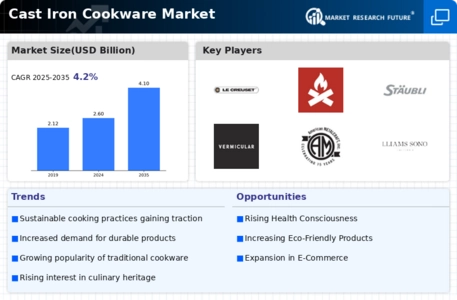

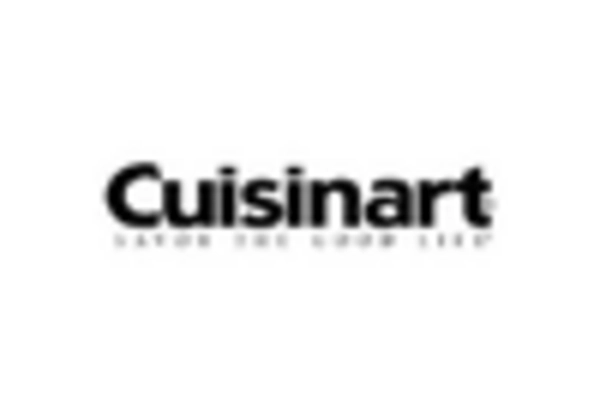
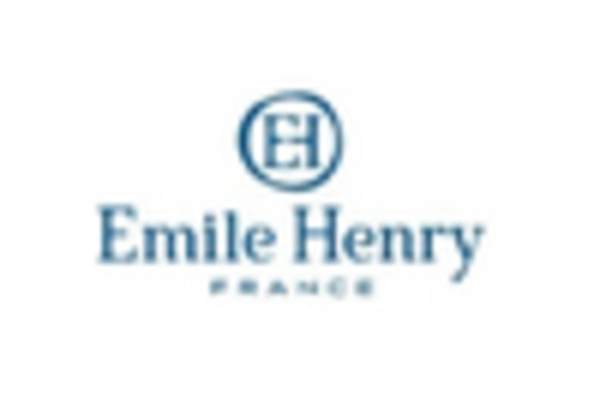
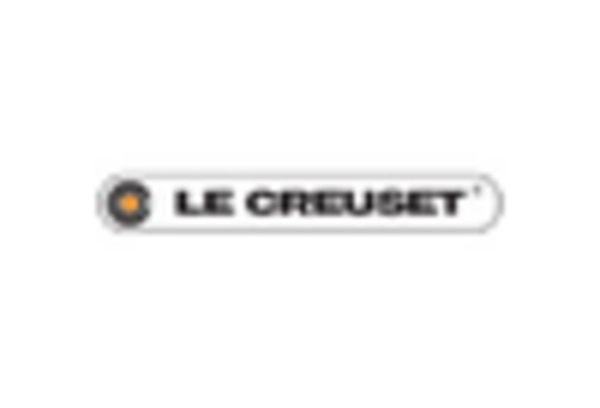

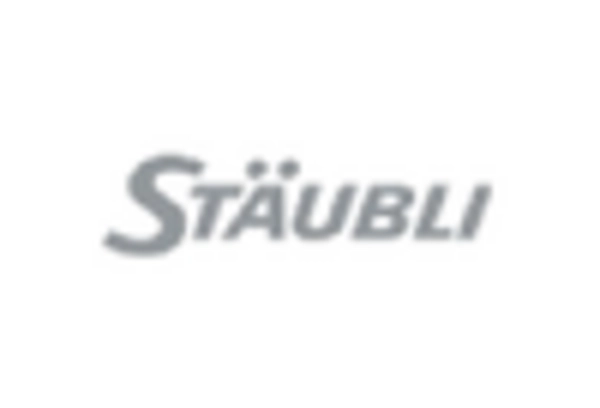









Leave a Comment